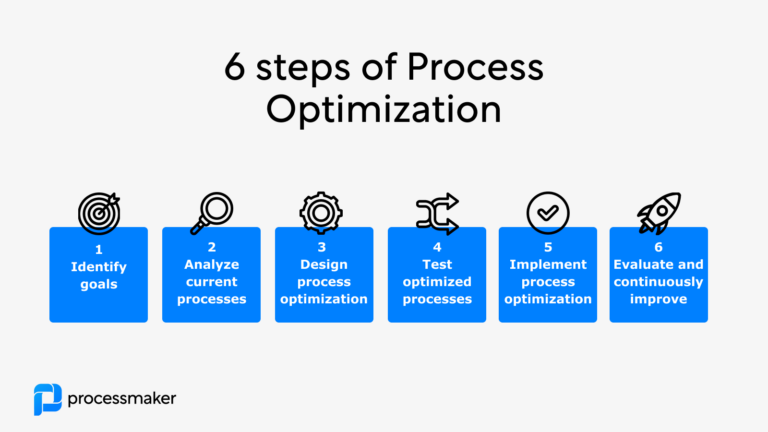E-commerce tools help improve your sales process. They are easy to use. They save time and boost sales. Let’s learn how to use these tools.

Credit: www.facebook.com
Why Use E-Commerce Tools?
E-commerce tools make tasks easier. They help manage your online store. They improve customer experience. They also increase sales.
Benefits Of E-commerce Tools:
- Save time
- Improve efficiency
- Boost sales
- Enhance customer experience
Types of E-Commerce Tools
There are many e-commerce tools. Each has a different purpose. Let’s look at some common types.
1. Inventory Management Tools
These tools track your stock. They notify you when stock is low. They help avoid overstocking or running out of products.
2. Payment Gateways
Payment gateways process online payments. They ensure secure transactions. They accept various payment methods.
3. Customer Relationship Management (crm) Tools
CRM tools manage customer data. They help track customer interactions. They improve customer service.
4. Marketing Tools
Marketing tools promote your products. They help with email marketing, social media, and ads.

Credit: www.processmaker.com
How to Choose the Right E-Commerce Tools
Choosing the right tools is crucial. Consider your business needs. Look for user-friendly tools. Check reviews and ratings. Compare prices.
Step-by-Step Guide to Using E-Commerce Tools
Now, let’s learn how to use these tools. Follow these steps:
Step 1: Set Up Your Online Store
First, create your online store. Choose a platform like Shopify or WooCommerce. Customize your store’s design. Add your products.
Step 2: Integrate Inventory Management Tools
Next, integrate inventory management tools. Connect your store to tools like TradeGecko or Zoho Inventory. Track your stock levels. Set alerts for low stock.
Step 3: Set Up Payment Gateways
Now, set up payment gateways. Choose gateways like PayPal or Stripe. Ensure they support multiple payment methods. Enable secure transactions.
Step 4: Use Crm Tools
Integrate CRM tools like HubSpot or Salesforce. Store customer data. Track interactions. Improve customer service.
Step 5: Implement Marketing Tools
Finally, use marketing tools. Send email campaigns with Mailchimp. Schedule social media posts with Hootsuite. Run ads with Google Ads.
Best Practices for Optimizing Your Sales Process
Using e-commerce tools is not enough. Follow these best practices to optimize your sales process:
1. Keep Your Store Updated
Regularly update your products. Remove out-of-stock items. Add new products. Keep your store fresh.
2. Monitor Your Inventory
Check your stock levels often. Use inventory reports. Avoid overstocking or running out of products.
3. Offer Multiple Payment Options
Accept various payment methods. Include credit cards, PayPal, and others. Make it easy for customers to pay.
4. Provide Excellent Customer Service
Respond to customer queries quickly. Offer support through chat, email, or phone. Resolve issues promptly.
5. Analyze Your Marketing Campaigns
Track your marketing efforts. Measure their success. Adjust your strategies as needed.
Frequently Asked Questions
What Are E-commerce Tools?
E-commerce tools are software that help manage online stores. They simplify tasks like inventory and sales tracking.
How Do E-commerce Tools Improve Sales?
They streamline processes, reduce errors, and offer data insights. This helps make better business decisions.
Which E-commerce Tools Are Best For Beginners?
Shopify and WooCommerce are user-friendly. They offer simple setup and many features.
Can E-commerce Tools Handle Inventory Management?
Yes, most e-commerce tools track inventory. They update stock levels and alert you when items run low.
Conclusion
E-commerce tools are essential for your online store. They save time. They improve efficiency. They boost sales. Choose the right tools. Follow best practices. Optimize your sales process.
FAQs
Here are some common questions about using e-commerce tools:
1. What Are E-commerce Tools?
E-commerce tools help manage online stores. They improve efficiency and sales.
2. How Do I Choose The Right E-commerce Tools?
Consider your business needs. Look for user-friendly tools. Check reviews and prices.
3. Can I Use Multiple E-commerce Tools?
Yes, you can use different tools for various tasks.
4. Are E-commerce Tools Expensive?
Prices vary. Some tools are free, while others may require a subscription.
5. How Do E-commerce Tools Improve Sales?
They streamline processes, save time, and enhance customer experience.
